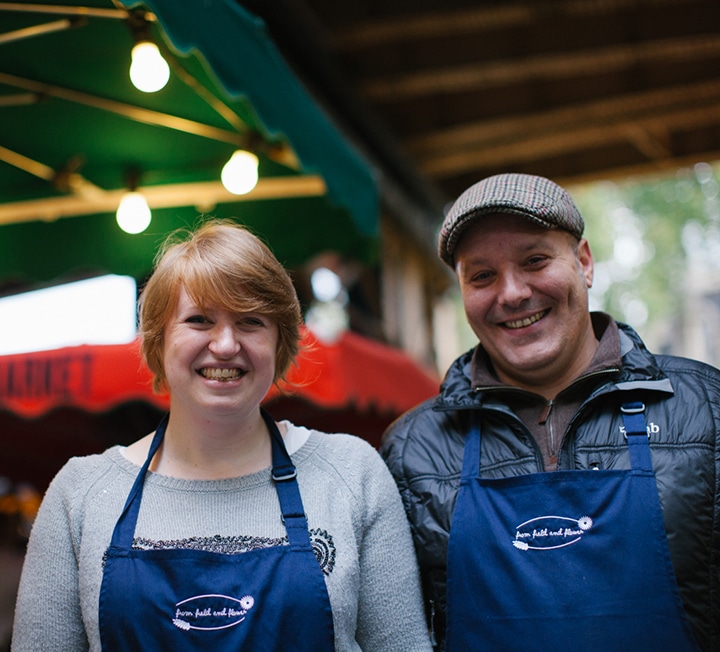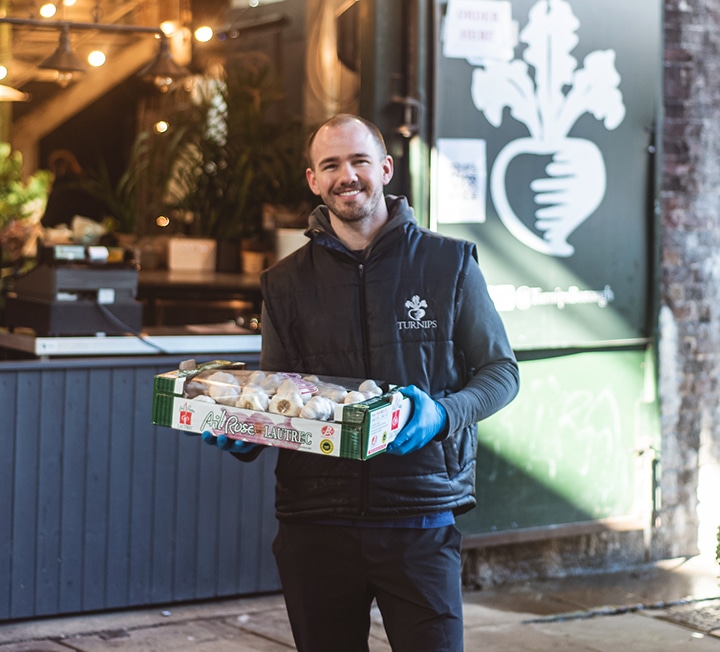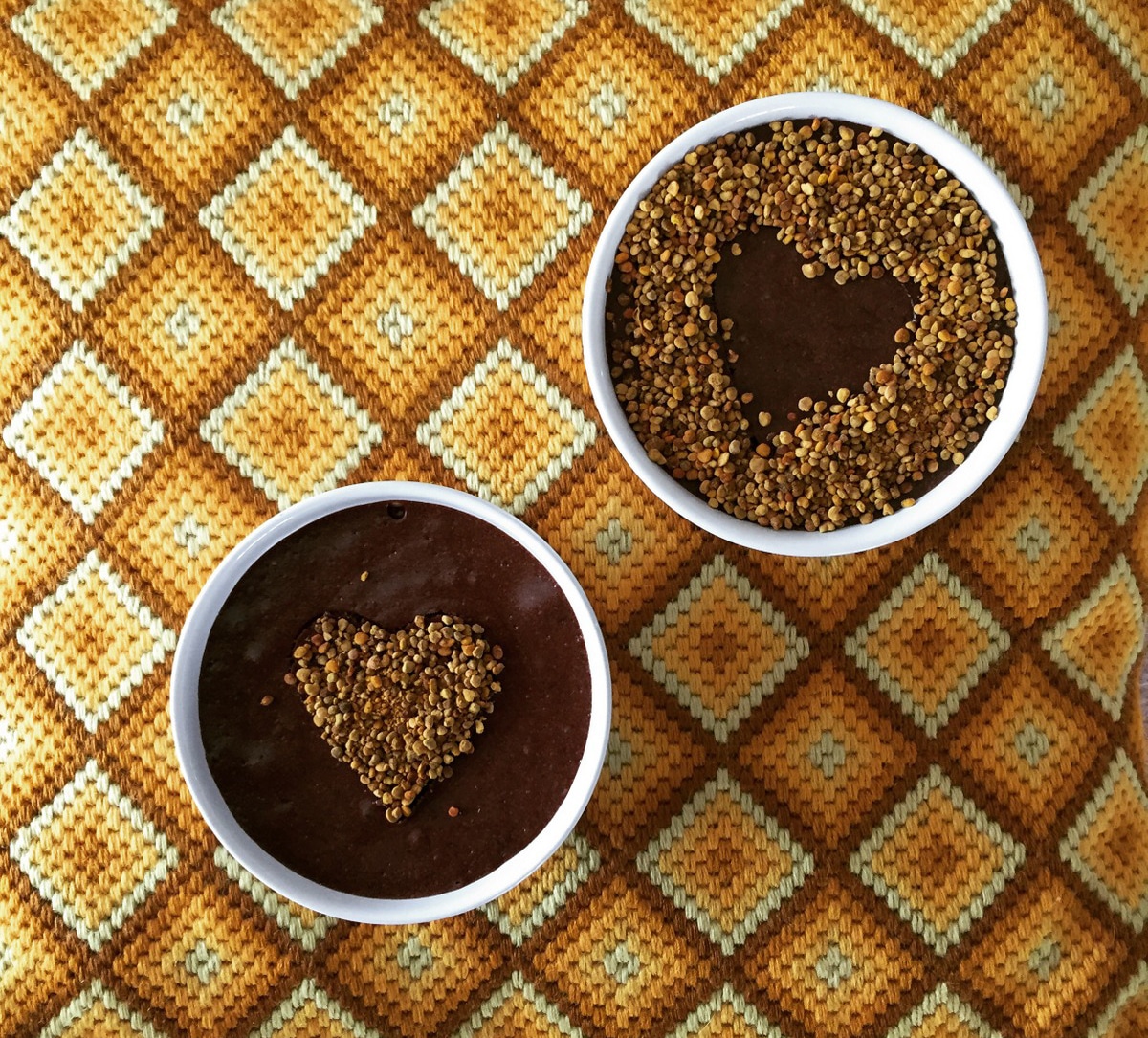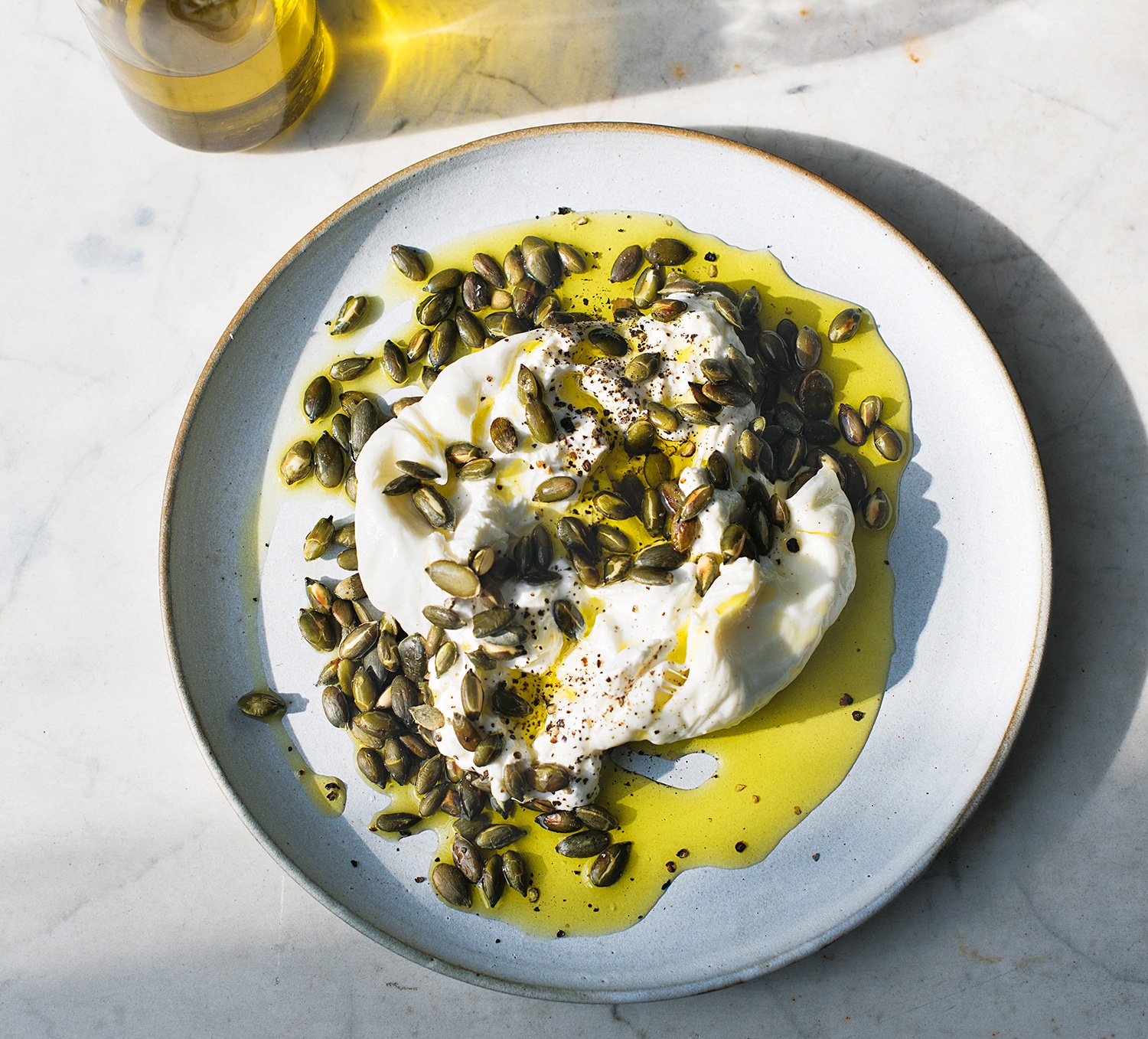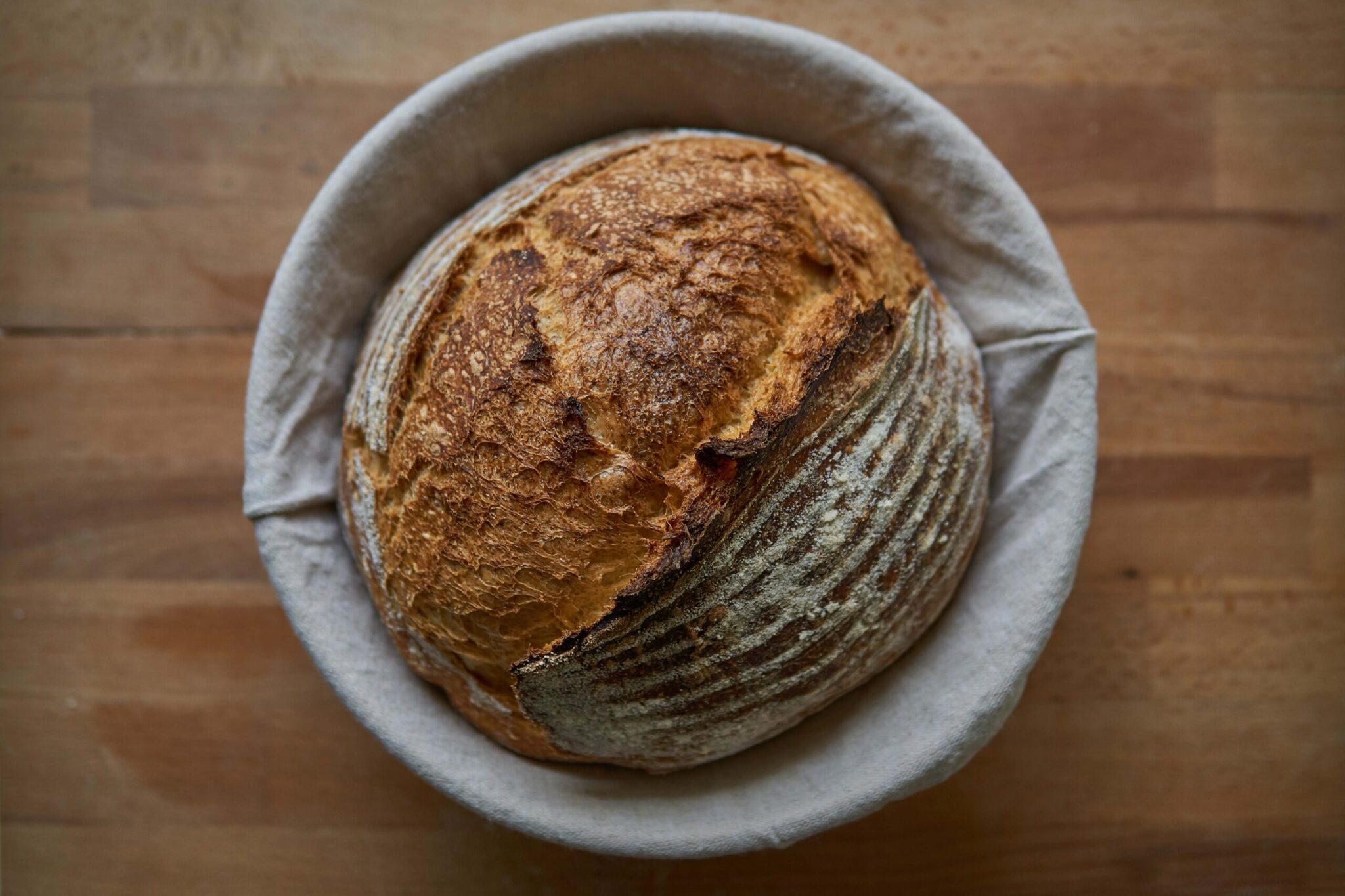Olive oil bread
Rosemary or wild garlic focaccia with lashings of extra virgin olive oil


Recipe Meta
Prep
20 mins (plus proving)
Cook
30 mins
Serves
6
Difficulty
Medium
Ingredients
For the dough
- 750g strong flour
- 20g fresh yeast or 10g dried
- 75g extra virgin olive oil
For the focaccia
- Fresh rosemary or thyme leaves, removed from their stalks or a handful of fresh wild garlic leaves
- 100ml extra virgin olive oil
- ½ tbsp coarsely ground or flaked sea salt
Equipment
- A plastic dough scraper
- 5-litre bowl
- 2 baking trays
Method
Pour the flour into the bowl and stir in 15g salt. Measure out 475ml water – it needs to be around blood temperature. Now add the yeast to a few tbsp of your measured water, stirring to combine it well. Tip into the flour and give it another stir. Add the remaining water and the oil to the bowl and gradually bring the mixture together using the plastic scraper, turning the bowl as you go.
Once there is no trace of dry flour in the bowl you can tip your wet, almost porridge-like, dough onto the counter. It will look terrifyingly sticky but hang in there and do not dust the surface with more flour.
Now scrape the dough into a pile and begin to work it (kneading won’t be an option) by pulling the dough towards you and then placing it back on the table like a rolling wave. You will get sticky but just keep going, scraping the dough up into a pile again after every five or six stretches. If you get very stuck you can find a video of my mentor, Richard Bertinet, working his magic with a wet dough – just search “slap and fold”.
Once the dough has come together to a silky smooth and elastic ball, you can set it aside to rest in a lightly floured bowl covered with a tea towel for at least 1 hour, or until it has doubled in size.
To make focaccia, preheat the oven to 220C and divide the risen dough between 2 large, greased baking trays with plenty of olive oil, prodding it out to 3cm thickness with your fingertips rather than pressing out all the life and bubbles. Sprinkle with herbs and about half the olive oil, then leave to prove for at least 45 mins.
Just before baking, poke a few dimples into the surface, sloshing over some more olive oil and dot with coarsely ground or flaked sea salt. Bake for about 30 mins until light golden brown and then splash with a little more oil as it cools. Focaccia freezes well – when serving, just flash it into a hot oven from frozen. By the time the crust has crisped, the dough will have thawed inside.
Images: issy Croker
